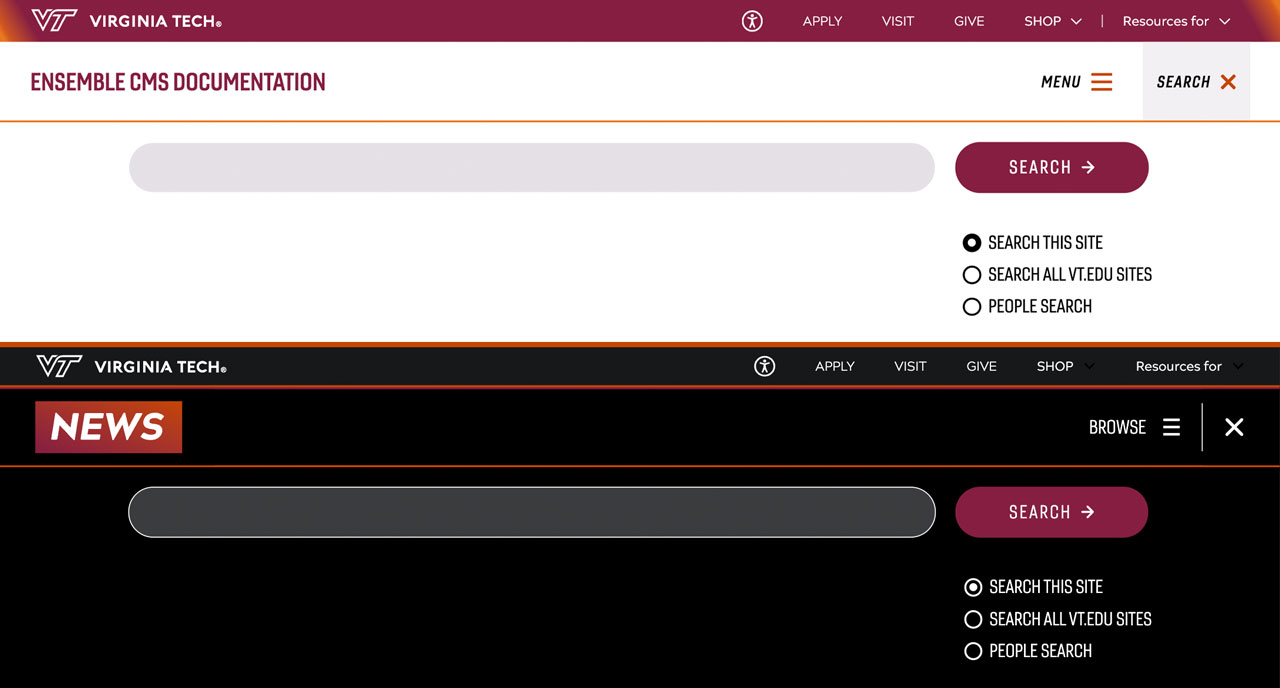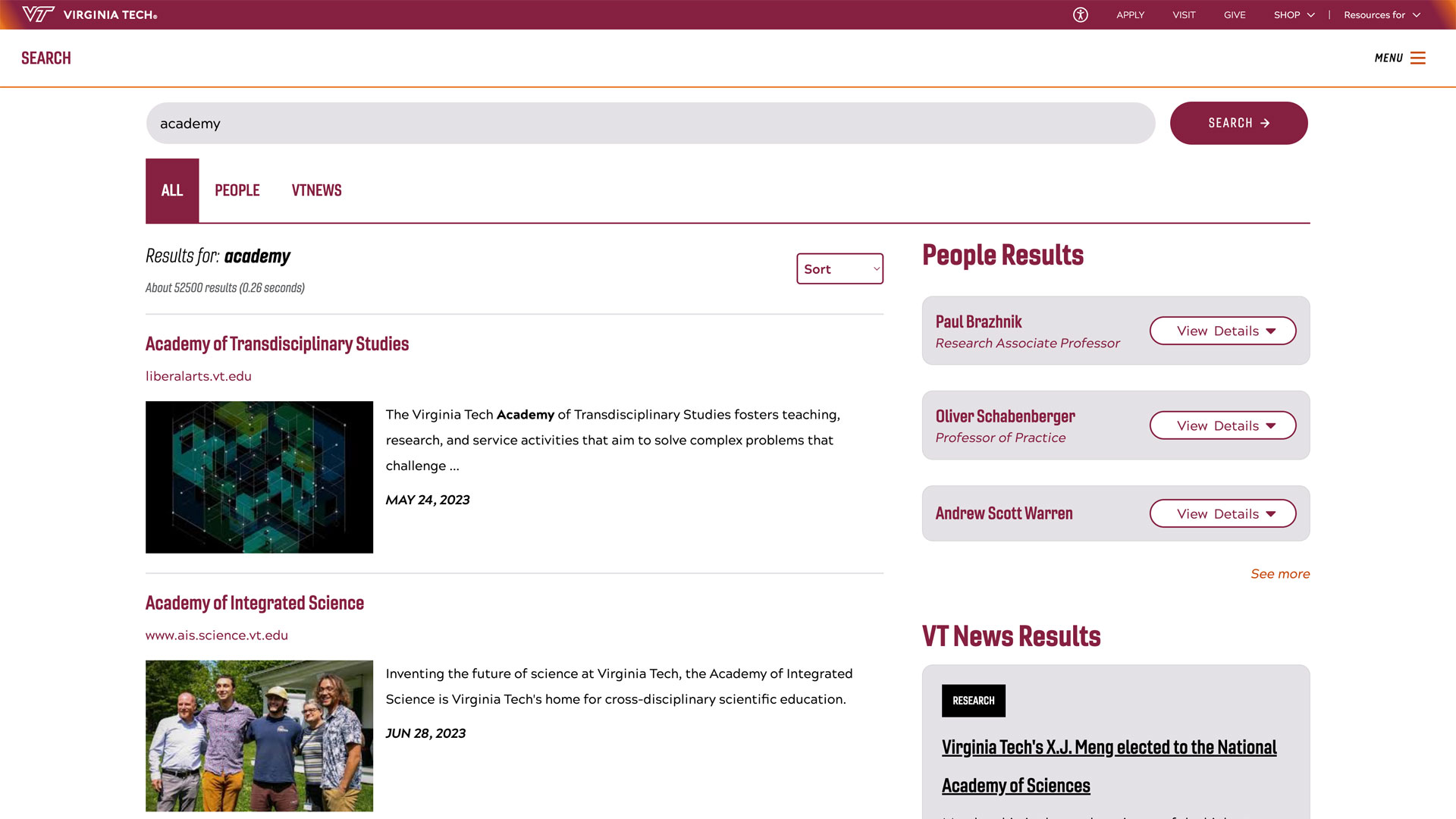From anthropology to cardiology, Hyeon Jeong brings expertise in veterinary cardiac intervention back to Virginia Tech

The heart tells stories of its own — through chambers and valves, murmurs, and rhythms.
For Hyeon Jeong, clinical assistant professor of cardiology at the Virginia-Maryland College of Veterinary Medicine, these are the stories he's devoted his career to understanding.
However, Jeong's own story begins far from cardiac medicine. His journey from studying human cultures to healing animal hearts reveals how the most unexpected paths can lead to precisely where we're meant to be.
Unexpected beginnings
Unlike many veterinarians who knew their calling early on, Jeong's path to veterinary medicine was less direct. Originally from South Korea, he came to the United States as a high school sophomore and pursued anthropology at Emory University.
"I didn't know much about veterinary medicine. I loved animals but didn't know about the profession," Jeong said. "When I went to college, I hadn't been exposed to veterinary medicine, so I explored different options."
His academic journey led him to become captivated by an unexpected field. "I was taking anthropology as an elective and found it fascinating.,” he said. “Studying different cultures and understanding human behaviors became really engaging."
The skills he gained studying human cultures and behaviors would eventually inform his approach to veterinary medicine in ways he couldn't imagine.
Finding veterinary medicine
A seemingly routine visit to the veterinarian with his two newly adopted Cavalier King Charles spaniels changed everything.
"I was bringing them for an annual exam and saw those vets working. I was like, 'Oh, maybe I want to do this instead of anything in human medicine,'" Jeong recalls.
Coming from a family deeply involved in human medicine, Jeong hesitated to switch to veterinary medicine.
"I was uncertain about making the change because the veterinary profession wasn't as recognized in Korea then as it is now," he said. "When I finally told my dad about my decision to become a veterinarian, he asked for 24 hours to think about it. The next day, he said, 'I think that suits your personality and everything, so go for it.' "
The path to cardiology
During Jeong’s fourth year of veterinary college at the University of Georgia, his career path pivoted once again during a cardiology rotation.
“I wasn't really planning on specializing, but one of the professors sat me down and said, 'You should try to give a rotating internship a shot and see if cardiology would be something that you would be interested in pursuing,'" Jeong said.
After completing his DVM at the University of Georgia in 2017, Jeong came to Virginia Tech for a rotating internship, still planning to return to general practice. However, a turning point in his decision to specialize came during when he was given hands-on experience with an echocardiogram.
"There was one particular case, and Dr. [Sunshine] Lahmers gave me the echo probe, and she said, 'Go for it. It's your patient,'" Jeong recalled. "After my first attempted echocardiogram, that was it. I still remember it clearly, and afterward, I told her, 'Oh, thank you so much for letting me do this because it's fun.' And she said jokingly, as I was also very interested in neuro, 'I'm just trying to save you from being a neurologist.'"
Moving the ultrasound over the dog's chest and revealing the chambers and valves clearly had a profound impact.
"When you submit blood work, it just goes away, and then you get a number. When you do an MRI, the machine does a lot of it," he said. "But with ultrasound and echocardiogram, you feel much more connected to the diagnostic process. I'm trying to figure out what's wrong with this patient, and I can try to get the answer right there, and I'm actively working on it."
From residency to private practice and back
After completing his internship, Jeong worked as a clinical instructor in emergency medicine at Virginia Tech for a year before starting his cardiology residency. His residency experience was overwhelmingly positive, thanks to the supportive environment.
"I often tell people that if I woke up tomorrow and all this was a dream, and I found myself still in the middle of my residency, it's not a nightmare for me. I'll still go to work and have fun," Jeong reflected. "I loved my residency; it was just a lot of fun. The cardio team was very supportive. It just never felt like work."
After his three-year residency, Jeong achieved board certification in 2022, earning the title of Diplomate of the American College of Veterinary Internal Medicine (DACVIM) in Cardiology. This certification represents the culmination of his extensive specialized training, mastery of advanced diagnostic techniques, and successful completion of rigorous examinations—establishing him as a recognized expert in veterinary cardiac care.
Jeong joined NorthStar VETS in New Jersey following his certification as a cardiologist. There, he faced new challenges, including building a service and setting up a catheterization lab for interventional procedures.
"The hospital that I worked at is a different type of environment with a high volume, but the desire to build the service quite a bit was a new challenge, which I liked," he says. "I set up the cath lab or intervention program there. Overall, it was good, but when the opportunity came to come back, I knew I had to take it. Private practice was good; it allowed me to grow as a cardiologist."
Teaching versus private practice
Jeong noted several key differences between working in a specialty hospital and returning to academic medicine.
"The pace is different, the goal is very different," he explained. "The goal at a private practice specialty hospital is to be as efficient as possible while providing high-quality care. And you do a lot of things yourself, quickly. As a relatively impatient person like me, that was pretty good because you just do it yourself, get everything done, and move on."
The academic environment offers different rewards and learning opportunities. "Academia is very different because it has charm," Jeong said. "In a teaching hospital, you have to take time to guide students through the diagnostic process, allowing them opportunities to develop their clinical reasoning. You also supervise residents as they build their skill sets and confidence. It's a different pace; it has to be."
He appreciates the dynamic nature of teaching. "In private practice, you tend to work with the same people every day,” Jeong said. “The only variable is the client interaction. Here, it's very different because every three weeks, we have different students rotate through different interns. Next year we're going to have a new resident. So it's always dynamic. I like that a lot. Every day is different. You never know what to expect."
Finding joy in teaching
Jeong will spend approximately 70 percent of his time teaching as a clinical assistant professor, with the remaining 30 percent dedicated to research efforts. His background in anthropology helps him connect with students from diverse backgrounds.
"It kind of goes back to anthropology, that everyone is from a different background and has a unique journey," he said. "Learning about each student is fun because I always ask them, 'Okay, where are you from? What do you do, and what do you want to do?'"
He finds particular satisfaction in helping students grasp complex concepts. "I try my best to explain concepts more simply,” Jeong said. “The most rewarding part about teaching students is when you can tell when the light bulb goes off. There's nothing more rewarding than trying to help students trying to learn. Then, I explain the concept, and they get it. That's probably the most fun part."
Looking forward
Now that he is back at Virginia Tech, Jeong is excited about expanding the cardiac intervention program alongside his colleagues.
"Getting to do more intervention, cardiac intervention procedures, especially now with Giulio [Menciotti], and we can both do interventions—we can consistently provide, pretty much every week, all year round, some type of interventional procedure," he says with enthusiasm.
These procedures involve accessing vessels and using wires to reach and repair defects in the heart. "When they have congenital heart disease, cardiac intervention is basically you access the vessel and then put the wire to the heart and kind of fix the defect," Jeong explained.
Advice for new graduates
Drawing from his winding path to finding his calling, Jeong offers reassuring advice to veterinary students preparing to graduate.
"Whatever you do will build on top of itself. And that's the beauty of medicine," he said. "If you just remember how far you came, you can be proud of yourself, no matter where you are right now."
Jeong's return to Blacksburg brings his career full circle, back to where his passion for cardiac intervention first began. Now, as a faculty member, he has the opportunity to inspire the next generation of veterinarians and work alongside some of the mentors who once inspired him.




